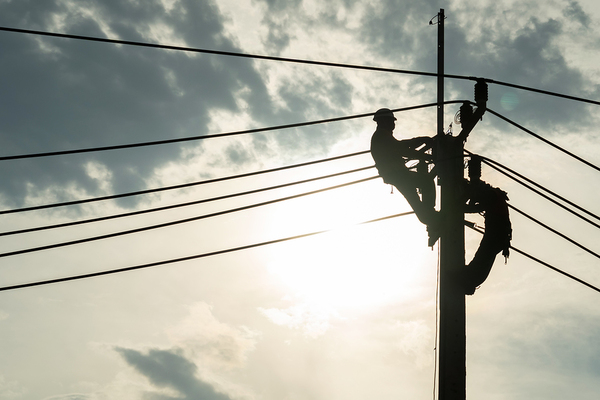Australia’s Western Power sits in a unique place. One of its innovation hub’s leaders, Brendon Nicatee, describes it as “half public, half private.” While it’s entirely owned by the West Australian government, and is the sole power operator for the region, by necessity, it needs to please any number of stakeholders. They range from the public to the government and the independent regulatory agency that oversees it. That means thoughtful innovation technique is crucial, as Nicatee discusses on the Ideascale Nation podcast.
Here are a few things he’s learned to work on innovation in the Hive, Western Power’s innovation hub.
Work With Internal Stakeholders
There were two situations, in particular, that stakeholder feedback was important: Upgrading the mobile capability of the team, and the rise of electric vehicles.
With the mobile capacity, it was a seemingly simple question of how to install a secure mount to the dashboard of the vehicle. “What they have in their vehicles to do that at the moment is, is an amount for a mobile device, like an iPad kind of on steroids called Toughbooks. And there are three challenges around that,” Nicatee explains, safety, cost, and efficiency. Any solution needed to balance all three.
So the team brought together over thirty staff members from across the company to brainstorm prototypes. “It got a lot of a lot of people working together that hadn’t worked before,” Nicatee says.
But what was equally important was the feedback they got. “We realized we needed a new set of guiding principles of how we should be working safely in vehicles. And those guiding principles will inform what our technology looks like and how we use it.”
Communicate and Collaborate
Another need is automation. Western Power has an enormous swath of territory to cover, and automating certain features is more effective at guaranteeing service while limiting cost. So the company runs a yearly hackathon to encourage more ideas and approaches. The trick, however, is to ensure the teams know what the company needs.

The judging team did “a thorough assessment of tasks that would fit the criteria of good things to work on over a couple of days,” Nicatee explains. He gives an example: “Rather than having a person sit there, open a spreadsheet, copy a column map, put it into another spreadsheet,” that task was automated, saving 3,000 hours of work from just that event, and over 15,000 hours.
Build Tools First
The future of energy is in flux. Electric vehicles, renewable energy, virtual power plants, battery storage, and decommissioning resources are all creating questions that have no clear answers. The Western Power team couldn’t find a crystal ball, so they decided instead to build one.
Working with stakeholders, the team built a software system that runs models of the future, incorporating “fades in demographics, power usage projections and all sorts of things like including uptake of electric vehicles to say, what do we think the power usage in the grid is going to look like?” From those scenarios, the team then drew the common denominators, what came out of each model as requirements no matter what, and made them the anchor of their investment.
Most Recent Posts
Explore the latest innovation insights and trends with our recent blog posts.













